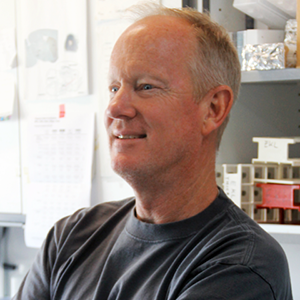Central nervous system (CNS) disorders remain a formidable challenge for the development of efficient therapies. Cell and gene therapy approaches are promising alternatives that can have a tremendous impact by treating the causes of the disease rather than the symptoms, providing specific targeting and prolonged duration of action. Hampering translation of gene-based therapeutic treatments of neurodegenerative diseases from experimental to clinical gene therapy is the lack of valid and reliable pre-clinical models that can contribute to evaluate feasibility and safety. Herein we describe a robust and reproducible methodology for the generation of 3D in vitro models of the human CNS following a systematic technological approach based on stirred culture systems. We took advantage of human midbrain-derived neural progenitor cells (hmNPCs) capability to differentiate into the various neural phenotypes and of their commitment to the dopaminergic lineage to generate differentiated neurospheres enriched in dopaminergic neurons. Furthermore, we describe a protocol for efficient gene transfer into differentiated neurospheres using CAV-2 viral vectors and stable expression of the transgene for at least 10days. CAV-2 vectors, derived from canine adenovirus type 2, are promising tools to understand and treat neurodegenerative diseases, in particular Parkinson’s disease. CAV-2 vectors preferentially transduce neurons and have an impressive level of axonal retrograde transport in vivo. Our model provides a practical and versatile in vitro approach to study the CNS in a 3D cellular context. With the successful differentiation and subsequent genetic modification of neurospheres we are increasing the collection of tools available for neuroscience research and contributing for the implementation and widespread utilization of 3D cellular CNS models. These can be applied to study neurodegenerative diseases such as Parkinson’s disease; to study the interaction of viral vectors of therapeutic potential within human neural cell populations, thus enabling the introduction of specific therapeutic genes for treatment of CNS pathologies; to study the fate and effect of delivered therapeutic genes; to study toxicological effects. Furthermore these methodologies may be extended to other sources of human neural stem cells, such as human pluripotent stem cells, including patient-derived induced pluripotent stem cells.
3D cultures of human neural progenitor cells: dopaminergic differentiation and genetic modification
Brito, C.; Simao, D.; Costa, I.; Malpique, R.; Pereira, C. I.; Fernandes, P.; Serra, M.; Schwarz, S. C.; Schwarz, J.; Kremer, E. J.; Alves, P. M.
2012
Methods
2012-03 / vol 56 / pages 452-60
Abstract
S1046-2023(12)00052-7 [pii] 10.1016/j.ymeth.2012.03.005
1095-9130 (Electronic) 1046-2023 (Linking)
IGMM team(s) involved in this publication

